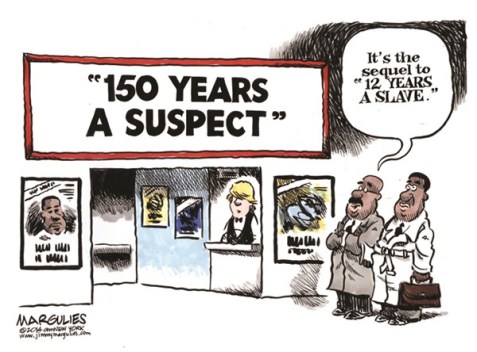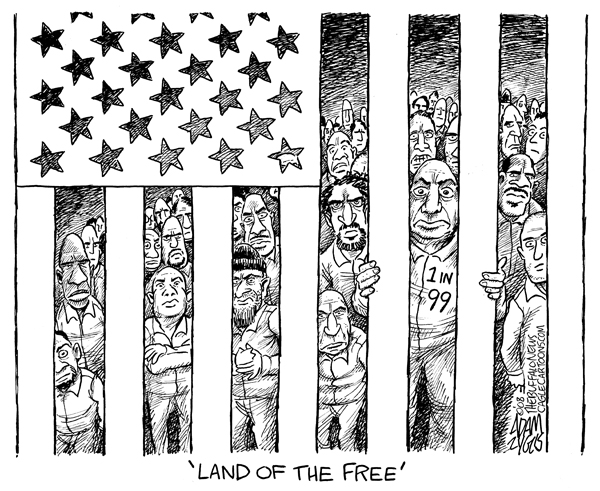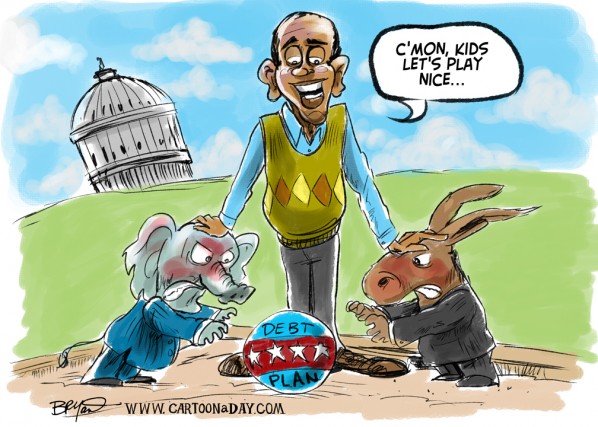Did racism create race or did race already exist before racism came into the picture of society? During my Humanities Core lecture, Professor Block brought up an argument that I hadn’t encountered before; the argument proposed was that racism created race. This argument can be supported by taking into account the point in history when slavery existed and was perhaps the starting point of discrimination on the basis of skin color. As mentioned by Professor Block, slavery was used as a means of “economic efficiency” meaning that people were being used for labor with the sole purpose of enhancing business. What was slavery based off of? The color of someone’s skin. The Civil War occurred, but it’s shocking to think that that particular war happened so a group of people could gain their freedom which we are all meant to be born with. It’s even more shocking to think that the Constitution—a document stating the freedoms and rights of those living in the US—was written during a time when slavery was permissible. Were they considered less human than other people living in the US due

to the color of their skin? At a certain point in time, yes. The 3/5ths Compromise came into existence as a means of figuring out how many Representatives to apportion; slaves were considered 3/5ths of a person. Even after the Civil War, there were many forms in which discrimination and disenfranchisement took form: literacy tests, poll taxes, voter ID laws, etc. In addition, cases such as Plessy v. Ferguson were put in place creating this norm of “separate but equal” which “ruled that racially separate facilities, if equal, did not violate the Constitution…segregation, the Court said, was not discrimination” (“Separate is Not Equal”).
Fast forward hundreds of years later, and we have an established faulty prison system in which the majority of those imprisoned are African Americans. “As movements for abolition and civil rights end the institutions of slavery, lynching, and legalized segregation, new and more indirect mechanisms for perpetuating systematic racism and its economic underpinnings have emerged” (Brewer). The total African American population in the United States is 12-13%, but they make up a total of about 35% of jail inmates (“Criminal Justice Fact Sheet”) which has been linked to another form of disenfranchisement since mass incarceration “further limits the political and economic opportunities of convicted felons and former inmates” (Brewer). Disenfranchisement is seen in a total of forty-eight states that do not allow prison inmates to vote, thirty-two states that disenfranchise felons on parole, and twenty-eight states that don’t allow probationers to vote (“Statistics of Incarcerated African-American Males”).

I took an Introduction to Criminology course last quarter and learned about the “trick-or-treat” metaphor which further explains the faulty prison system in the United States. The “trick-or-treat” metaphor states that people don’t go trick-or-treating in gated communities because they are much harder to get around while people go trick-or-treating in low-income communities because areas are more accessible. The metaphor refers to the fact that police go into low-income communities to fulfill their mission of lowering crime rate because the people in those communities will not have the necessary resources or money to hire a lawyer. On the other hand, people in gated communities will have the necessary resources to hire a lawyer which would not help the police fulfill their mission. Police go into low-income communities where there is a higher percentage of minorities living which increases the minority percentages of people imprisoned.
To make my point more clear, slavery was abolished many years ago, but has been reformed into the prison system in the US. The reading “Between the World and Me,” by Ta-Nahesi Coates, explains that people often forget about the humane factor behind the group of people categorized as “slaves.” People often forget the term “slave” is the identity given to a human—someone’s mother, father, daughter, son, etc. People forget that the people categorized as “slaves” had a life before being subjected to the cruelty that came with slavery. Similarly, people, subconsciously or not, do the same with inmates; people often forget that inmates had a life before being incarcerated, they are often categorized as cruel and helpless.
How do these points connect to the overall argument that racism created race? The institutions of slavery have brought forth the idea that certain skin colors are superior than others. The idea that certain races are superior to others are known to be racist which have led to associating skin colors with with the superiority of different races. Barbara J. Fields and Karen E. Fields argue race is the result of racism through “racecraft.” Racecraft is the idea that racism has been practiced for decades which has paved a way for racism; people’s actions have led to people opposing another on the basis of race. As the years go on, the issue of racism continues to appear most notably as more people are beginning to learn about the faulty prison system in the US.
An important point that was mentioned during my Humanities Core discussion was that it is important to acknowledge racism and race, even if there are arguments that race does not exist, because by doing so we acknowledge the lives that have been affected by the societal practices of racism. Personally, being someone who is part of a minority group allows me to feel greater empathy for other groups of people that have been affected by the practices of society that appear as racist.
Sources:
Brewer, Rose M., and Nancy A. Heitzeg. “The Racialization of Crime and
Punishment.” American Behavioral Scientist, vol. 51, no. 5, 2008, pp. 625–644.
“Criminal Justice Fact Sheet.” NAACP, www.naacp.org/criminal-justice-fact-sheet/.
“Statistics of Incarcerated African-American Males.” Wikipedia, Wikimedia Foundation, 9
Apr. 2018, en.wikipedia.org/wiki/Statistics_of_incarcerated_African-American_males.


Leave a comment